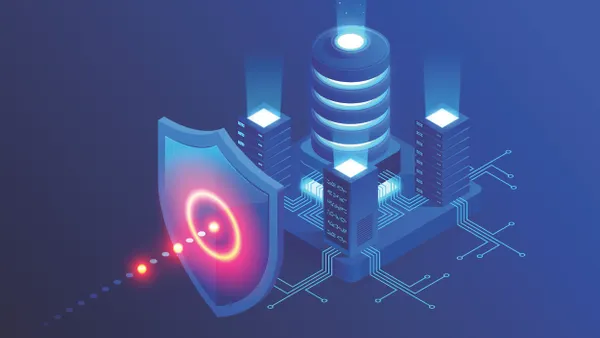Dive Brief:
- Endpoint security risks are rising, and successful attacks are costing companies on average more than $5 million, according to a Ponemon Institute study. Close to 30% of cyberattacks in 2017 were fileless, a 20% increase from the year before, and this number is expected to rise to 35% next year.
- Fileless attacks are approximately 10 times more successful than file-based ones, and of the 54% of attacks that compromised companies' data or IT infrastructure, 77% were fileless or exploit techniques.
- Endpoint attacks are also harder for companies to manage. As a result, antivirus solutions are becoming less effective, and 80% of organizations replaced or supplemented their solution this year. Security alerts that often generate false positives and a cluster of different endpoint software agents complicates management and security for employees.
Dive Insight:
Beefing up endpoint security is important because hackers want to penetrate a system through the path of least resistance, and time to market pressures push devices out into use without imperfect security systems.
Endpoint identity management can help ensure trusted users are accessing a network, and extending this across different platforms, like Microsoft and Jamf did with a recent partnership, brings it an important step up.
The endpoint devices connecting to a company network further complicate the issue. With a plethora of old devices in the market, especially ones that do not support newer OS releases, and users who opt out of OS updates, which include key security patches, the number of remediable vulnerabilities in user devices are innumerable.
In the personal phone market alone, close to three-quarters of workers use the same phone for work and their personal life, and around 61% of employees access company data on their mobile device.
Monitoring employees' emails, internet use and phone records is one thing, but companies with growing endpoint security problems and sensitive data may soon reevaluate what employees can access on what device, BYOD policies and mobile security.












